Curiosities of Peru, a country in South America, is a land of extraordinary cultural richness, historical significance, and natural wonders. From the ancient mysteries of Machu Picchu to the vibrant traditions of the Andean people, Peru offers a tapestry of unique features that make it a truly remarkable nation. In this exploration, we delve into some of the most striking curiosities that make Peru a unique and captivating destination.
Machu Picchu:
One of the most iconic and enigmatic archaeological sites in the world, Machu Picchu is a testament to the advanced engineering and architectural skills of the ancient Inca civilization. Perched on a mountain ridge in the Andes, this “Lost City of the Incas” continues to captivate visitors with its breathtaking views, intricate stonework, and mysterious aura.
Inca Trail:
The Inca Trail, a network of ancient pathways, leads to Machu Picchu and is one of the most famous trekking routes globally. Hiking the Inca Trail allows adventurers to traverse diverse landscapes, from high-altitude mountain passes to lush cloud forests, all while experiencing the cultural and historical significance of the route.
Nazca Lines:
The Nazca Lines, enormous geoglyphs etched into the desert floor, remain one of Peru’s most enigmatic mysteries. The lines, depicting various animals, plants, and geometric shapes, are best viewed from the air. The purpose and origin of the Nazca Lines continue to intrigue archaeologists and historians.
Llamas and Alpacas:
Llamas and alpacas, domesticated camelids native to the Andes, are not only iconic symbols of Peru but also integral to the livelihoods of Andean communities. Known for their soft wool, these animals are commonly found in the high-altitude regions, providing wool for traditional textiles and serving as pack animals.
Cusco and the Historic Quarter:
The city of Cusco, once the capital of the Inca Empire, boasts a well-preserved historic quarter that showcases a blend of Inca and Spanish colonial architecture. The Plaza de Armas, surrounded by impressive structures such as the Cathedral of Santo Domingo, serves as the heart of the city and reflects its rich cultural heritage.
Inti Raymi Festival:
Inti Raymi, the Festival of the Sun, is a traditional Inca celebration that takes place in Cusco. Held during the winter solstice, the festival honors the sun god Inti with vibrant processions, music, dance, and rituals. It provides a glimpse into the spiritual and cultural practices of the Inca civilization.
Quinoa Superfood:
Quinoa, an ancient grain native to the Andean region, has gained global popularity as a superfood. Peru is one of the largest producers of quinoa, and its cultivation holds cultural and nutritional significance. The grain’s versatility and nutritional benefits contribute to its status as a staple in Peruvian cuisine.
Amazon Rainforest:
A significant portion of the Amazon rainforest, one of the world’s most biodiverse ecosystems, extends into eastern Peru. The Peruvian Amazon is home to diverse plant and animal species, including unique wildlife such as pink river dolphins, macaws, and elusive jaguars. Exploring the Amazon offers an immersive encounter with nature’s wonders.
Lake Titicaca:
Lake Titicaca, situated at high altitude on the border between Peru and Bolivia, is the highest navigable lake in the world. The lake is steeped in mythology and is home to floating Uros Islands, made entirely of totora reeds. The vibrant cultures of the indigenous communities around the lake add to its allure.
Ceviche Culinary Tradition:
Ceviche, a popular dish in Peru, showcases the country’s rich seafood offerings. Typically made with raw fish marinated in citrus juices, chili peppers, and herbs, ceviche is a refreshing and flavorful culinary delight. Peru’s diverse geography provides access to a wide variety of fresh seafood.
Ayahuasca Rituals:
Ayahuasca, a traditional medicinal and spiritual plant brew, has been used by indigenous communities in the Amazon for centuries. In recent years, ayahuasca has gained global attention for its potential therapeutic effects and is sought after by those seeking spiritual insights and healing experiences.
Huayno Music and Dance:
Huayno, a traditional genre of Andean music, is characterized by its lively melodies, rhythmic beats, and colorful instrumentation. The accompanying dance, often performed in traditional festivals, reflects the cultural heritage of the Andean highlands and celebrates the connection between music and community.
Chullpas of Sillustani:
Sillustani, an archaeological site near Lake Titicaca, features impressive funerary towers known as chullpas. These cylindrical structures, constructed by the indigenous Colla people, served as tombs for high-ranking individuals. The site offers a glimpse into ancient burial practices and architectural ingenuity.
Pisco Sour and Pisco Vineyards:
Pisco Sour, a popular cocktail made with pisco (a grape brandy), lime juice, simple syrup, egg white, and bitters, is a national drink of Peru. The country is known for its production of high-quality pisco, and exploring the vineyards and distilleries provides a taste of Peru’s viticultural traditions.
Colca Canyon:
Colca Canyon, one of the world’s deepest canyons, is located in the Andes near Arequipa. The canyon’s stunning landscapes, terraced agriculture, and diverse flora and fauna, including the Andean condor, make it a captivating destination for nature enthusiasts and trekkers.
Chavin de Huantar Archaeological Site:
Chavín de Huántar, a UNESCO World Heritage Site, is an ancient ceremonial center that dates back to 1200 BCE. The site features impressive stone carvings, subterranean galleries, and monolithic structures that provide insight into the religious and artistic practices of the Chavín civilization.
Maras Salt Ponds:
The Maras salt ponds, located in the Sacred Valley, are a series of terraced pools used for salt evaporation since Inca times. The vibrant colors of the ponds, coupled with the surrounding mountains, create a visually stunning landscape that showcases the ingenuity of ancient salt production.
Chincha Culture and Afro-Peruvian Heritage:
The Chincha culture, with roots in African heritage, has significantly influenced Peru’s cultural landscape. The Afro-Peruvian community has made substantial contributions to music, dance (such as the marinera), and culinary traditions, adding a unique layer to Peru’s multicultural identity.
Ollantaytambo:
Ollantaytambo, an ancient Inca fortress and town in the Sacred Valley, stands as a remarkable example of Inca urban planning and construction. The site features massive stone terraces, ceremonial areas, and a complex network of structures that highlight the strategic and architectural prowess of the Inca civilization.
Sarhua Retablos:
Sarhua retablos are traditional folk art pieces created by the Sarhua community in the Andes. These wooden boxes depict scenes of daily life, festivals, and religious ceremonies through intricately carved and painted figures. Sarhua retablos offer a glimpse into the cultural expression and artistic skills of Andean communities.
Conclusion:
Peru’s uniqueness lies in its ability to weave together ancient civilizations, diverse ecosystems, and vibrant cultural traditions. From the awe-inspiring heights of Machu Picchu to the depths of the Amazon rainforest, Peru beckons explorers and cultural enthusiasts alike.
As Peru continues to navigate the intersection of tradition and modernity, its striking curiosities remain a source of pride for its people and an invitation for the world to discover the multifaceted beauty of this South American gem. Whether trekking through ancient ruins, savoring local delicacies, or participating in cultural festivities, Peru stands as a testament to the resilience of its indigenous heritage and the dynamic spirit of a nation that welcomes those eager to uncover its secrets.


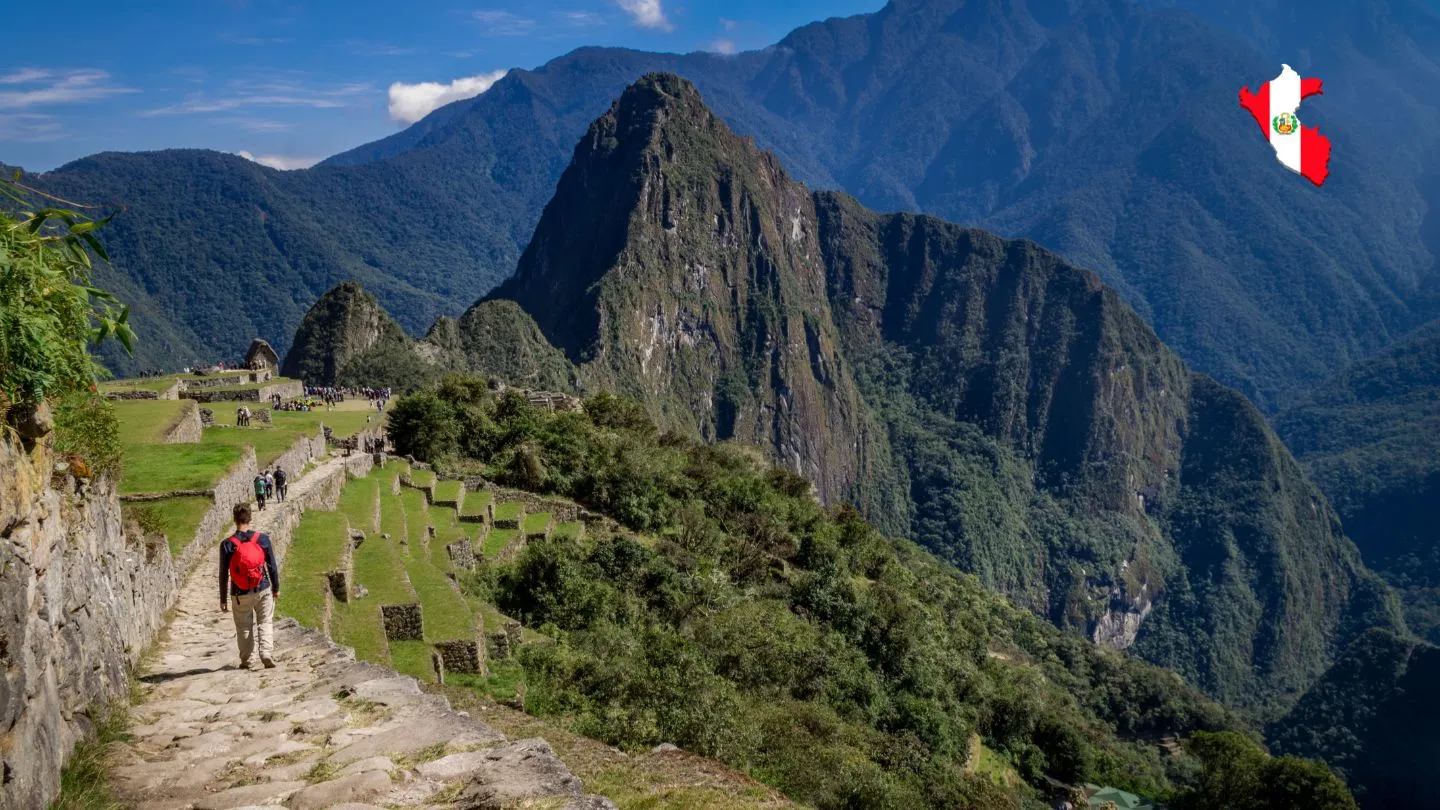
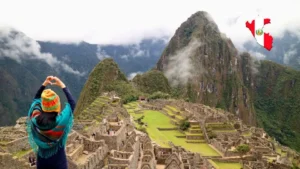
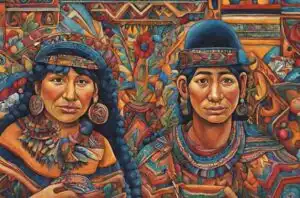
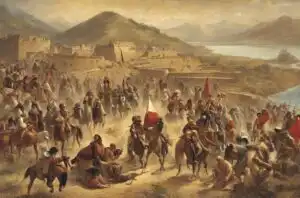


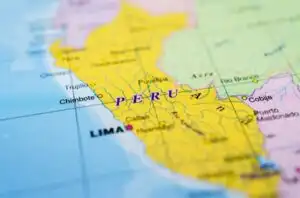
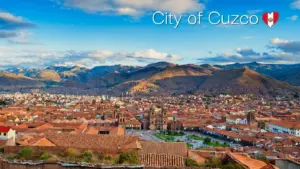
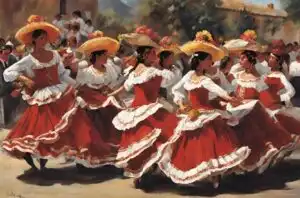
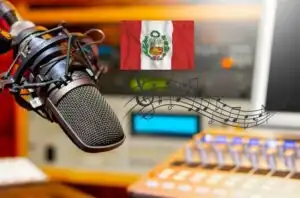
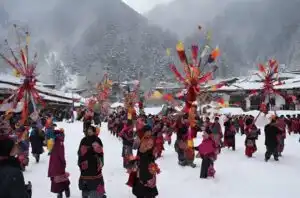
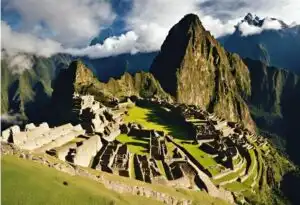
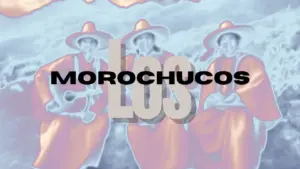
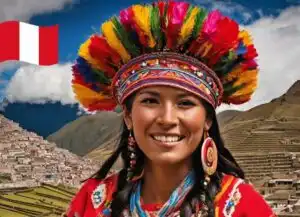
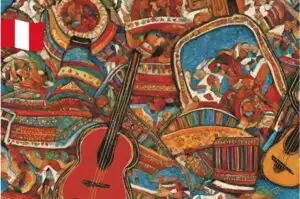
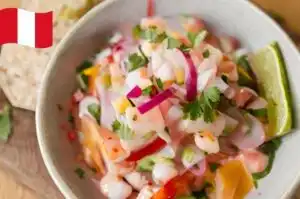


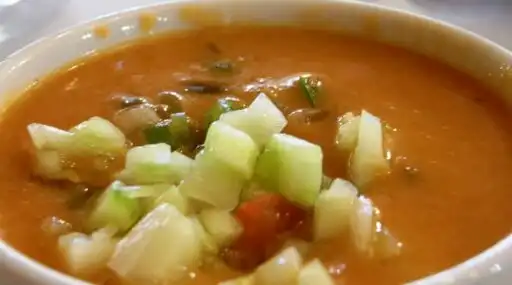
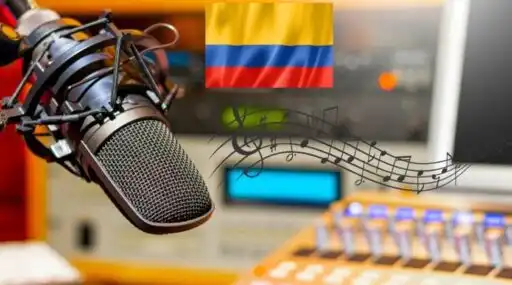
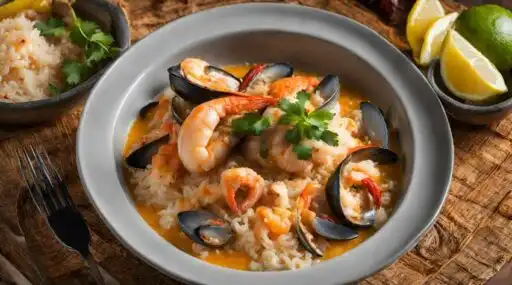


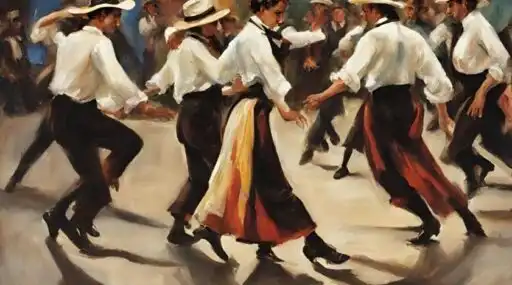

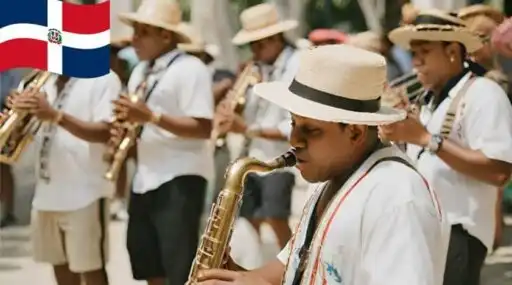
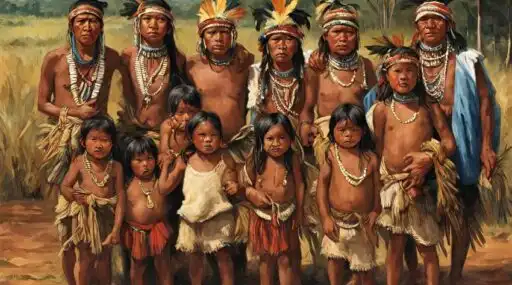
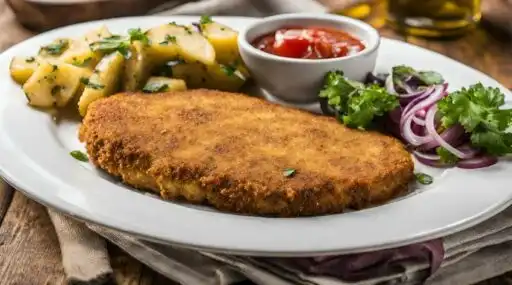

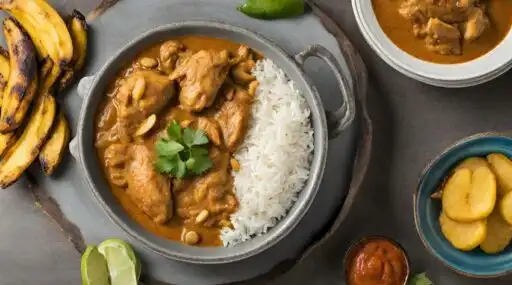

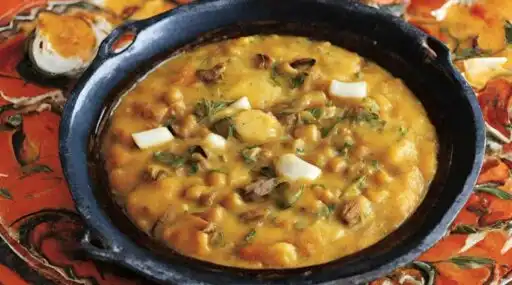
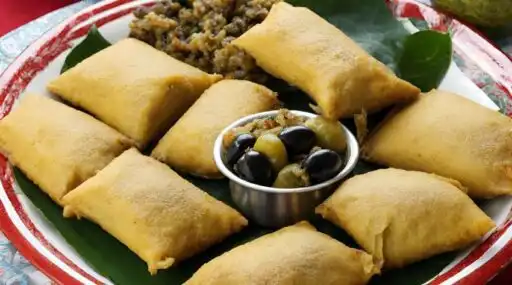
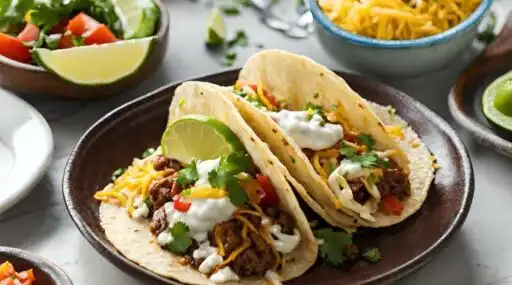

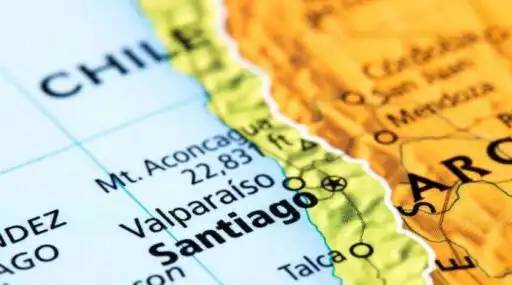
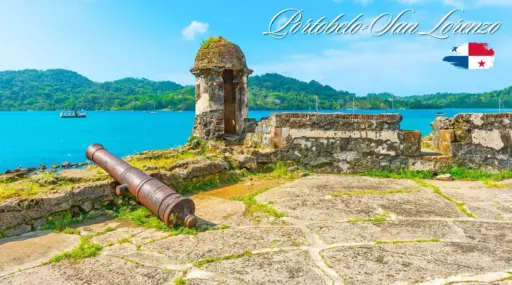
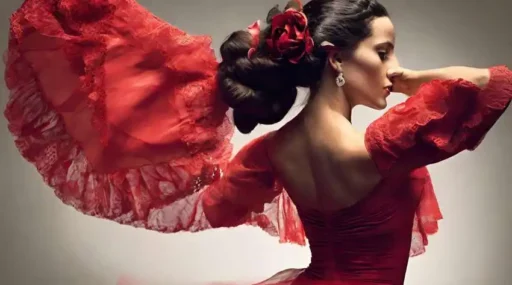
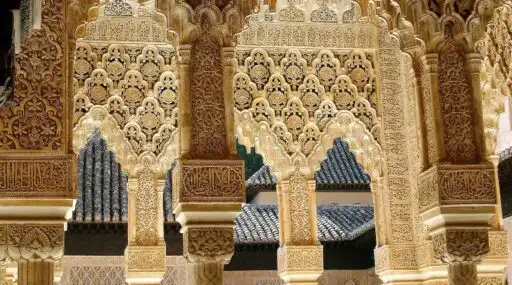


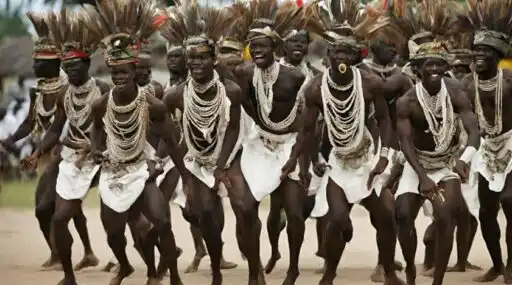
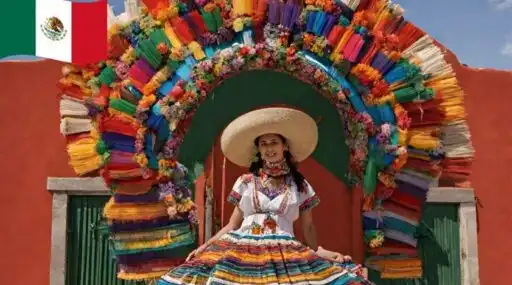
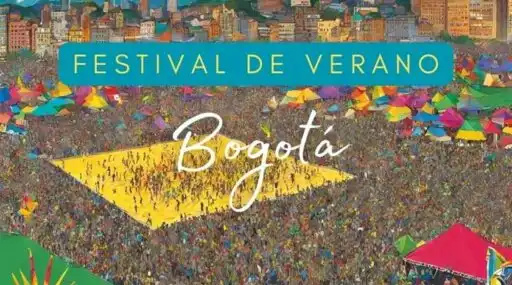
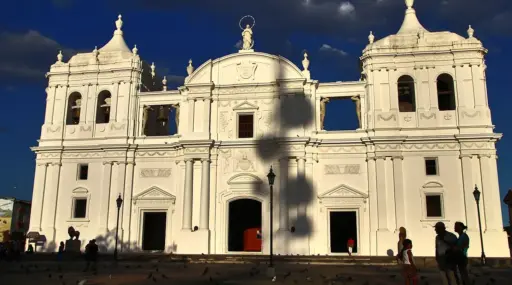
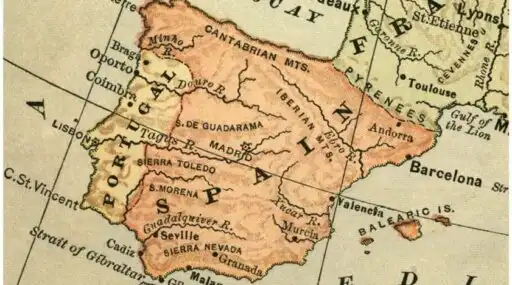
Leave a Reply